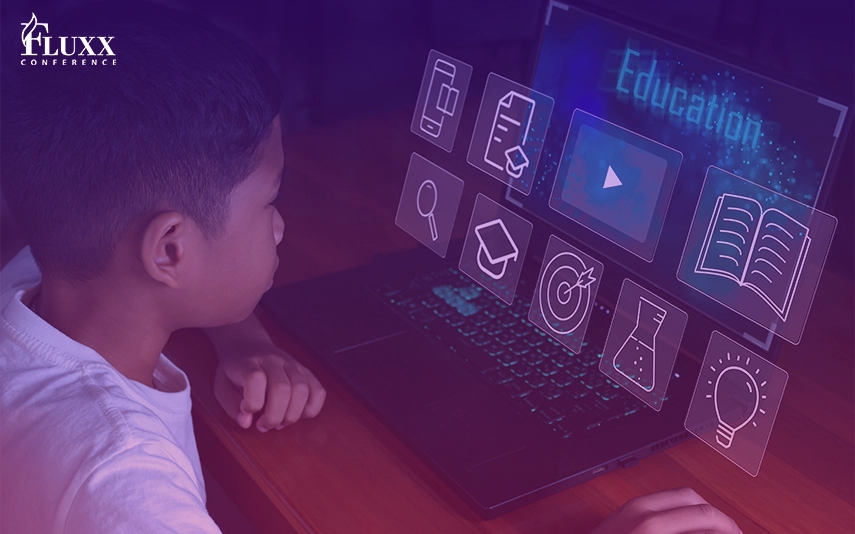
Inclusive Tech Scaling Education Access for Students with Disabilities
Summary: Inclusive technology is transforming classrooms by making learning accessible for all students. At the upcoming education technology conference, educators can explore innovative tools and solutions. The conference venue will showcase best practices, and insights from healthcare leadership conferences 2025 will also highlight accessibility strategies.
Inclusive technology is a tool that provides equal access to students with disabilities to education. These solutions need to be implemented in schools in order to offer personalized learning experiences. Teachers ought to test software that accommodates various learning requirements, such as visual, auditory, and cognitive disability. With their inclusion of tech, schools have to make sure that the environment is created in such a way that all students have a chance to excel, no matter what their skills are.
Key Tools Enhancing Accessibility
Screen Readers and Text-to-Speech Software
Screen readers enable blind students to read digital materials, as the text is read out loud. Text-to-speech software plays a vital role in helping students to participate in lessons without depending on other people as much as possible. Educators ought to offer tips on how to use these tools in order to make sure that students can navigate through the content with ease.
Closed Captioning and Subtitles
Lessons offered in video form should also have closed captions in order to accommodate the deaf students. Subtitles are not only beneficial to deaf students, but they also aid those who are non-native speakers or have problems understanding. Teachers should consider using captioning programs as part of their learning strategy to develop an inclusive learning experience.
Speech Recognition Software
Physically challenged students might have a challenge with regular typing. The speech recognition software enables them to read out assignments, contribute to classroom discussions, and express themselves effectively. Teachers should be given training in schools in order to optimize the utility of these tools.
Assistive Mobile Apps
Student-friendly mobile applications have interactive activities, immediate feedback, and simplified texts. They should be chosen with care in order to fit the personal requirements of learning and should be an addition to regular teaching practices. In this way, teachers are able to establish individualized learning paths for each student.
Implementing Inclusive Tech in Schools
Educators should think hard before incorporating accessibility tools. They must educate teachers to use technology efficiently so that it does not introduce new challenges to the students. Schools should assess software on a regular basis to ensure that it suits the different needs. In addition, administrators must also think of the budgetary allocation and improvement of the infrastructure to support the long-term use of these tools.
Benefits of Inclusive Technology
Inclusive technology facilitates self-directed learning, increases self-confidence, and makes students more engaged. Those students who struggled in the past can have better academic results and feel more involved in the classroom work. Moreover, they facilitate group learning, and all the students can participate equally in group projects and discussions facilitated by these tools.
The Role of Conferences in Promoting Accessibility
Education technology conference events give educators opportunities to learn about new tools of accessibility and best practices. The attendees will be able to enjoy practical demos in the conference venue and have the chance to learn more with the professionals, who present their healthcare leadership conference 2025 strategies. The networking possibilities in such events also assist educators to share their experiences with one another and also adopt successful programs in their schools.
Future of Inclusive Technology
The next generation of inclusive tools is being formed through the development of advanced artificial intelligence and machine learning. Adaptive learning systems can be used to anticipate the needs of students and provide customized lessons and assistance. Educators need to keep up with the education technology conferences in order to embrace these new solutions and make sure that all students are able to prosper in a vibrant learning setting.
Conclusion
The technology must be inclusive in ensuring fair education. To accommodate the disabled students, schools should incorporate the use of screen readers, speech recognition software, closed captions, and assistive applications. Teachers are supposed to go to conferences in a specific Conference venue Philippines to get to know the best practices and get inspired by the healthcare leadership conferences 2025. Through the adoption of these tools, learning has become accessible to every child, and this has made the educational system more inclusive and effective.
FAQ
Q1: What does inclusive technology in education mean?
Inclusive technology consists of the tools that allow students with disabilities equal opportunities to learn, which might be screen readers, voice recognition, and assistive applications.
Q2: Why do schools need to go inclusive in tech?
Schools need to embrace the tools to facilitate independent learning, academic achievement, and ensure all students are able to engage in classroom activities.
Q3: Can learning be enhanced by means of assistive mobile apps?
Yes, assistive apps are personalized, interactive, and offer real-time feedback and help students with learning disabilities to succeed.
Interesting Reads:
When Letting Go Means Leading Right: The Case for Values-Aligned Termination
Executive Conferences for Gen Z Leaders: What’s Changing in Leadership Events




